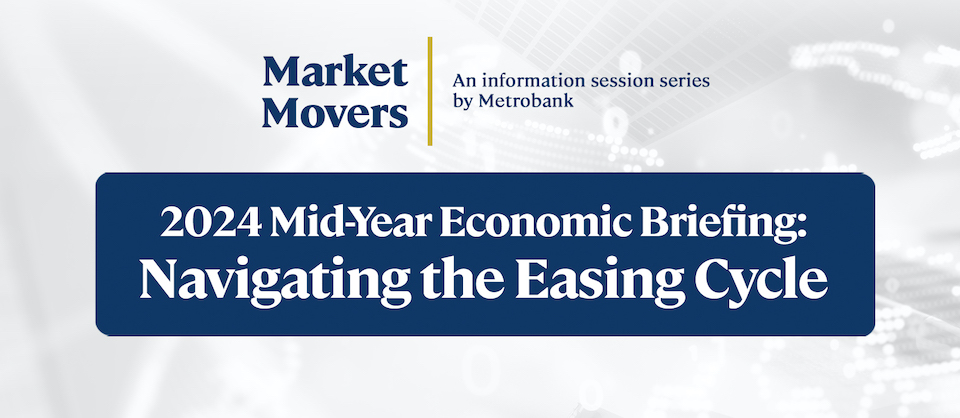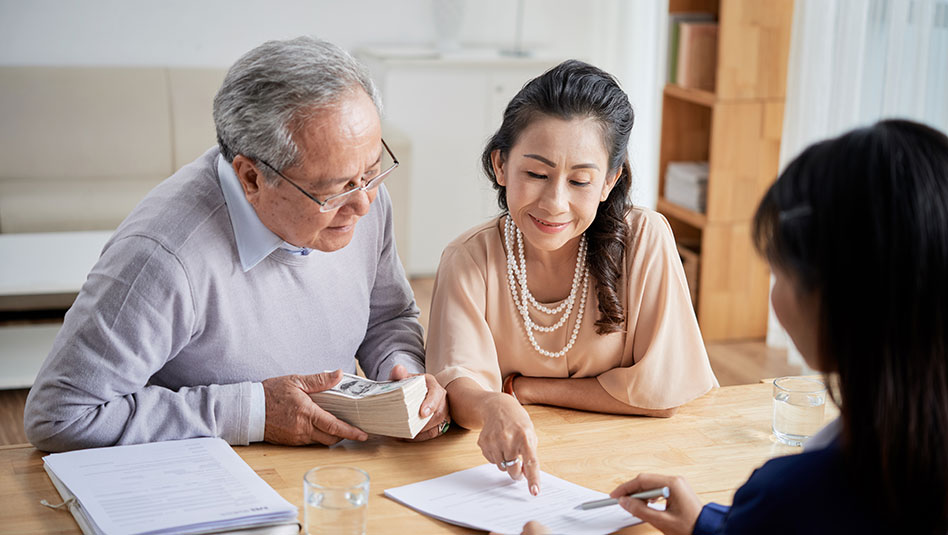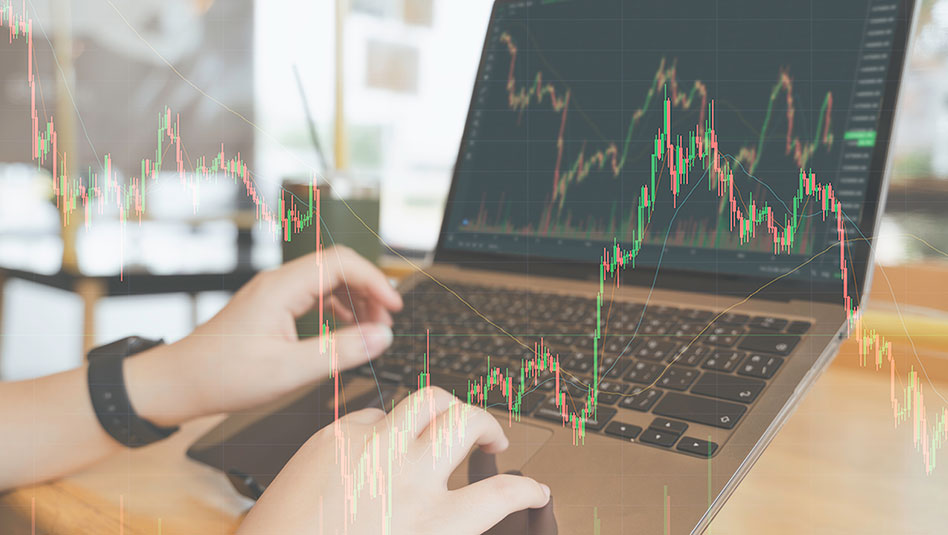NEW YORK, May 16 (Reuters) – Oil futures dipped on Tuesday as weaker-than-expected economic data in China and the United States offset a forecast of higher global demand from the International Energy Agency (IEA).
Brent crude futures settled 32 cents lower to USD 74.91 a barrel. US West Texas Intermediate crude edged down 25 cents to USD 70.86.
Both benchmarks rose more than 1% on Monday, reversing a three-session losing streak.
Weighing on prices on Tuesday was Chinese data showing industrial output and retail sales growth undershot forecasts in April, suggesting the world’s second-largest economy lost momentum at the start of the second quarter.
However, an 18.9% year-on-year rise in China’s oil refinery throughput in April to the second-highest level on record helped to keep a floor under crude prices.
“There has been a lot of concern about China’s industrial numbers, but if you look at their actual demand numbers or refinery runs, they’re knocking on the door of breaking records,” said Phil Flynn, an analyst at Price Futures Group.
With refiners building stockpiles ahead of the summer travel season in the northern hemisphere, crude imports by China in May are moving towards 11 million barrels per day, versus 10.67 million bpd in April, Refinitiv Oil Research said.
China’s June refinery intake is expected to grow by 1.5% month on month, data compiled from Wood Mackenzie showed.
US data showed that retail sales increased less than expected in April, pointing to consumers feeling the pinch from rising prices and interest rates.
Richmond Federal Reserve President Thomas Barkin on Tuesday said he is “comfortable” with raising interest rates further if that is what is needed to lower inflation.
The IEA raised its forecast for global oil demand this year by 200,000 bpd to a record 102 million bpd. It said China’s recovery after the lifting of COVID-19 curbs had surpassed expectations, with demand reaching a record 16 million bpd in March.
In another bullish development, the US Department of Energy on Monday said it would buy 3 million barrels of crude oil for delivery in August in a move to begin refilling the Strategic Petroleum Reserve.
The SPR has been drawn down to its lowest level since 1983 after President Joe Biden’s administration last year conducted the largest-ever sale from the emergency stockpile of 180 million barrels, as part of a strategy to stabilize soaring oil markets and combat high pump prices in the aftermath of Russia’s invasion of Ukraine.
Meanwhile, US crude oil inventories rose by about 3.6 million barrels last week, according to market sources citing American Petroleum Institute figures on Tuesday. Government data on US stockpiles is due on Wednesday.
Additionally, widespread fires in the Canadian province of Alberta have shuttered at least 319,000 barrels of oil equivalent per day, representing 3.7% of Canada’s production.
Global crude supplies could also tighten in the second half of the year as the Organization of the Petroleum Exporting Countries and its allies including Russia, a group known as OPEC+, implement additional output cuts.
(Reporting by Stephanie Kelly in New York; additional reporting by Ahmad Ghaddar in London, Yuka Obayashi in Tokyo, and Trixie Yap in Singapore; Editing by Paul Simao and Stephen Coates)







 DOWNLOAD
DOWNLOAD








